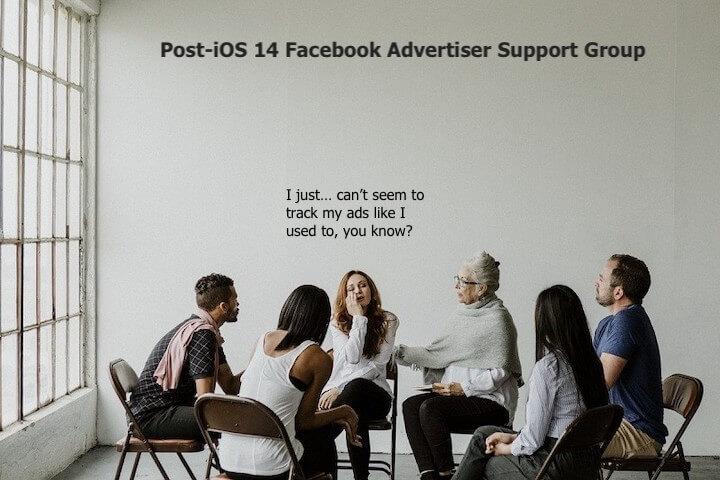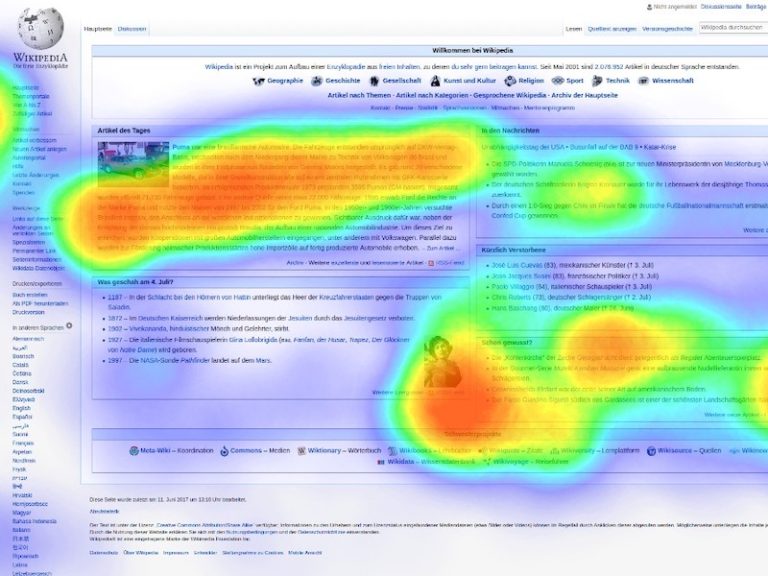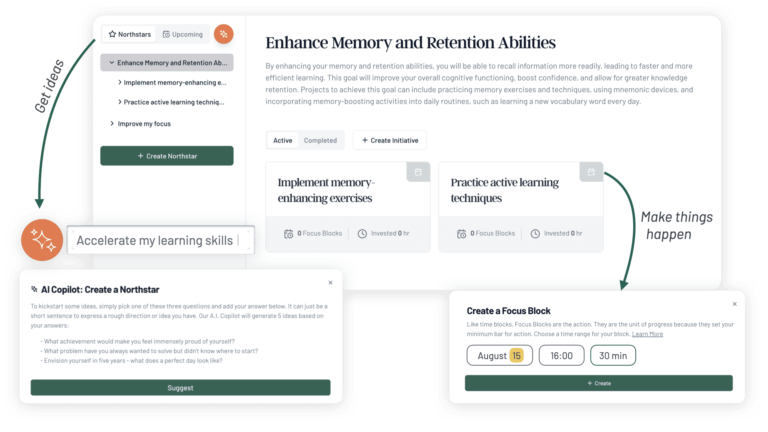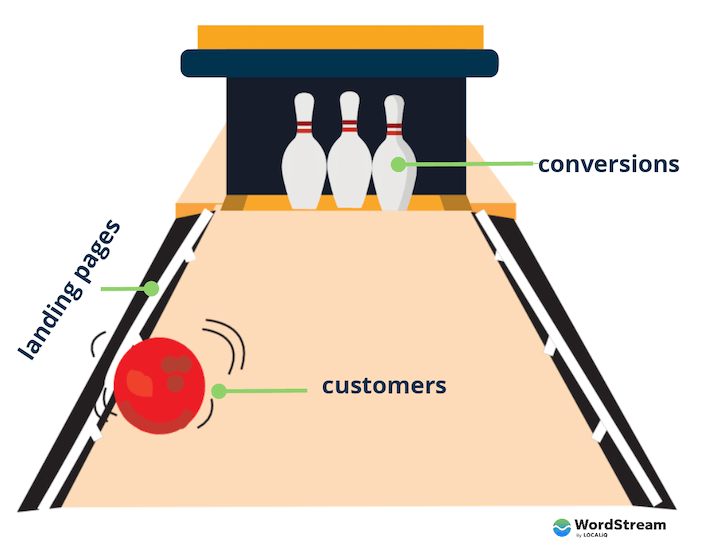Since Gmail campaigns are currently a part of the Display Network, we do have the ability to control which devices can see our Gmail ads. In my current Gmail campaigns, I constantly see better performance on desktop. We see a lot more people saving the ad to their inbox on the desktop device, and that is just one of the metrics we use to optimize performance. Well starting in July, we will be losing even more control with our Gmail placements.
Say goodbye to manual bidding
Just because Discovery campaigns have a Gmail placement, it does not mean we can recreate our ads easily. There are a lot of differences (as subtle as they may be) that can change your approach to how you would want to use Gmail in your strategy. These differences are the biggest reason I am upset about this change. I feel that way because the ad creative is the most important part of a Gmail campaign in my opinion. And the components that are changing are going to give us, in my opinion, less appealing ads.
Say goodbye to device targeting too
Okay. I am not going to pretend I have used this ad format before, so this section is not going to be long. Advertisers could go beyond the default Gmail ad and create their own HTML Gmail ad version to enhance the user experience beyond the basic template. Pretty much the advertiser could upload a ZIP file containing all the files for both the collapsed and opened version of the Gmail ad. Again, I was never lucky enough to have a client build one of these in any of my campaigns so I really can’t speak to it. But if you are using the custom HTML Gmail ad in any of your campaigns, just know that it will go away in July.
Ad rotation settings are gone
Discovery campaigns in Google Ads do not support manual bid strategies. Currently, we can use manual and CPC bidding with Gmail-only campaigns. In the image below, I selected a Discovery campaign goal of “create a campaign without a goal’s guidance.” Even with that option, the only bid strategy I can choose is target CPA.
The biggest change: ad formats are NOT the same
That being said, complaining will not help. The best thing for you to do if you still want to run Gmail campaigns is to begin testing out Discovery campaigns immediately. Learn how the campaigns and ad types work. See what learnings you can gather to make the proper optimization decisions with Discovery campaigns. It is better to get ahead of the curve before everyone else is forced to switch over at the same time.
Text components of your Gmail ads are different
In December of 2020, there was an addition to the Google ads support page on Gmail Ads. Google announced that dedicated Gmail campaigns will be converted to “read only” on July 1, 2021. Starting on that date, advertisers will not be able to create any more dedicated Gmail campaigns. Also, advertisers will not be able to edit any of their current Gmail campaigns.
Custom HTML Gmail ads will be gone
Hopefully, in your other Display Network ads, you are testing a variety of ad variants to try and see which ones perform the best. Well with the standalone Gmail campaigns, we could do the same. Depending on the audience volume, I would try and create three to four ad variants in each one. If I was launching Gmail ads for the first time in an account, I would like to choose the “rotate evenly” ad rotation setting. This way I could try and give each ad variant the same amount of exposure to better judge the performance metrics.
The change to Gmail ads is coming. Start testing now.
There are two main ad formats for Discovery campaigns. There is a standard Discovery ad as well as a Discovery carousel ad. No matter which option you choose, the headline can have up to forty characters. With Gmail campaigns, the headline character count maxes out at twenty-five characters. Because of this difference, I constantly see Gmail headlines get cut off on mobile devices if we’re not purposely shortening the text to make sure the message is fully visible on all placements.
We really cannot be surprised by the direction Google is going with Gmail campaigns. The constant push towards automation and product adoption has been thrown in our faces for years. Bid strategies are becoming more automated. Ad types are becoming more automated. Even entire campaigns are trying to be automated. It was only a matter of time before Gmail ads were affected too. I am holding out hope that we will still be able to use the Gmail specific columns within Google Ads, but I have not been able to confirm that at the time of writing this post.





![2022 TikTok World Recap [Tinuiti First To Go Live With New Feature]](https://research-institute.org/wp-content/uploads/2021/04/what-to-know-before-you-sell-your-small-business-768x432.png)
